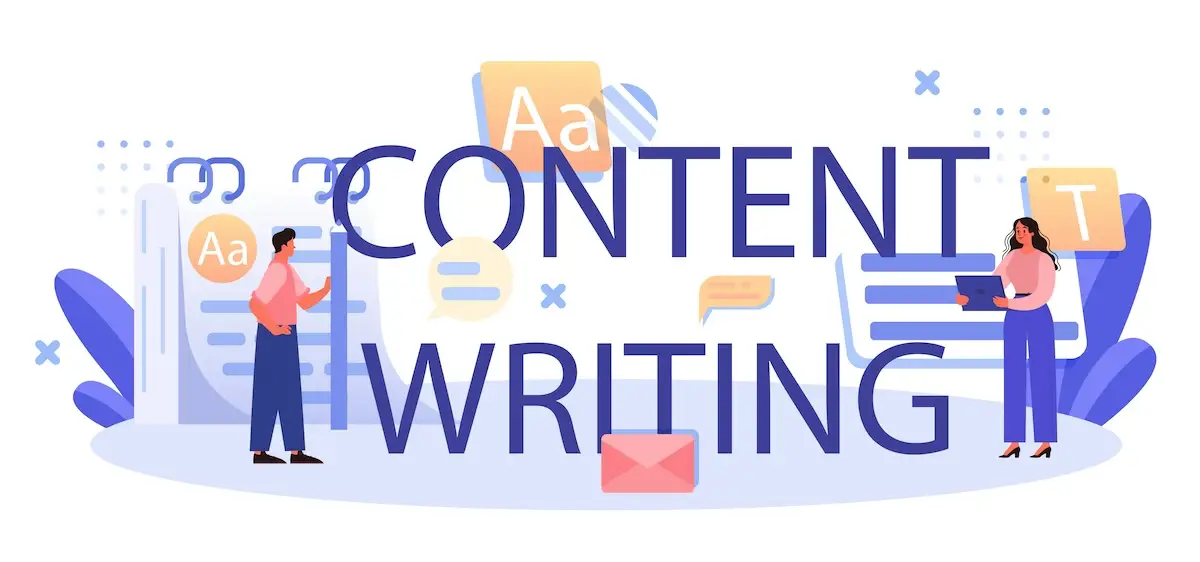Copywriting vs Content Writing: What’s the Difference?

Creating content is essential in digital marketing because it’s how you get noticed online. Content drives the success of digital marketing, including SEO, PPC ads, and social media marketing. Each piece of content represents a chance to reach potential customers.

What is Copywriting?

Copywriters work on various types of written materials, including advertisements, public relations (PR) documents, marketing materials, and website content, across different media formats such as print, digital, and audiovisual. They also develop a deep understanding of the intended audience for the copy to ensure it resonates with their desires, needs, and values, ultimately prompting them to take action. Copywriters may create content for a wide range of mediums, including social media taglines, marketing emails, commercials, print ads, landing pages, billboards, marketing text messages, web content, product pages, radio spots, sales letters, and brochures.
What is Content Writing?

Content writing is the creation of written material with the aim of educating, informing, or entertaining the reader, without the primary focus being the promotion of a specific product or service. Content writers concentrate on generating organic web traffic, often employing search engine Optimisation (SEO) techniques. Their goal is to attract and engage a specific audience while providing value to potential customers. Brands often use content writing to establish trust, foster brand loyalty, and position themselves as thought leaders in their industry.
The process of content writing typically involves researching the topic, organising the information, creating an outline, and then crafting the content in a way that is engaging, informative, and easy for readers to understand. Content writers can work for various types of organisations, including businesses, nonprofits, or media companies, and they may specialise in particular niches or industries.
Examples of content that content writers may create include blogs, e-books, whitepapers, case studies, how-to guides, user manuals, social media content, press releases, and video scripts.
Purpose

Length
Emotions
Grammar

SEO
When it comes to SEO (search engine Optimisation), content writing tends to outperform copywriting. Content writing is better for SEO because it provides high value to readers, is non-commercial in intent, often comes in longer forms, and attracts more views and backlinks, which contributes to higher search rankings and increased search traffic.
Consumer Journey
On the other hand, copywriters typically engage with buyers at a later stage in their journey. Their copy, often found in advertisements and marketing materials, is intended to prompt a specific decision. This decision may involve taking steps like learning more about the product, contacting a representative, or making a purchase. Copywriting is more direct and action-oriented, targeting customers who are closer to making a decision.
Measurability
For copywriting, success is often evaluated using sales-focused metrics, such as conversion rate and customer acquisition cost. These metrics provide insights into how effective the copy is at driving the specific conversions or actions that marketing and advertising teams are targeting. Copywriting aims for short-term results, making it relatively easier to measure its immediate impact.
In contrast, content writing focuses on a long-term strategy to build consumer trust gradually. When evaluating content, key performance indicators (KPIs) like clickthrough rates, bounce rates, and open rates are more relevant. These metrics help assess customer engagement with the content, indicating how well it is resonating with the audience and driving long-term brand loyalty. Measuring the success of content writing can be challenging, as it may take time to see the full impact on brand trust and loyalty.
Mindset
The mindset of a writer in copywriting and content writing varies based on their distinct objectives:
Copywriter Mindset: Copywriters are primarily focused on converting readers into customers. They emphasise sales strategies and are attuned to what drives consumer behaviour, considering emotions, values, and the context in which the copy will be seen. They aim to craft text that inspires immediate action and often employ persuasive techniques. Customer psychology plays a central role in their approach.

Content Writer Mindset: Content writers prioritise adding value to the reader’s life. Their focus is on delivering high-quality, informative, and engaging content. They think less about immediate sales and customer psychology and more about creating content that provides depth and clarity. Their primary goal is to educate, inform, or entertain, with a long-term perspective of building trust and brand loyalty.
These different mindsets align with the unique purposes of copywriting and content writing, each catering to specific stages of the buyer’s journey and serving distinct marketing objectives.





